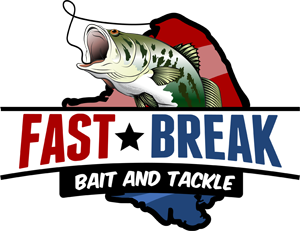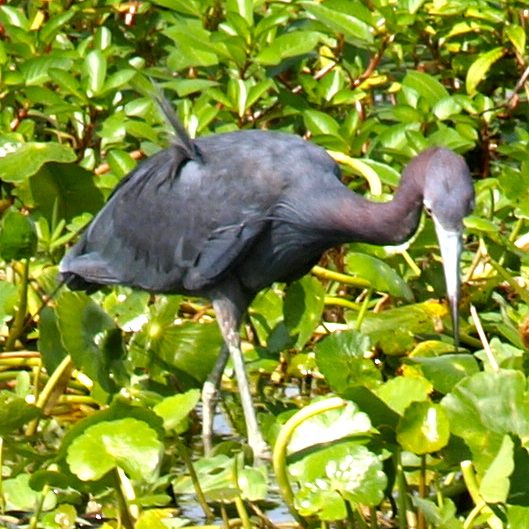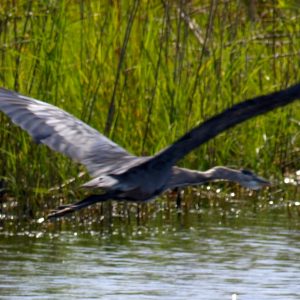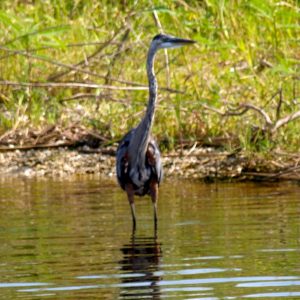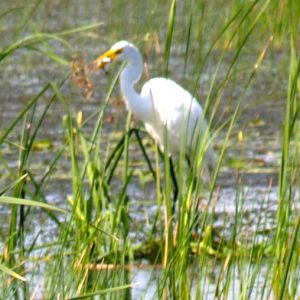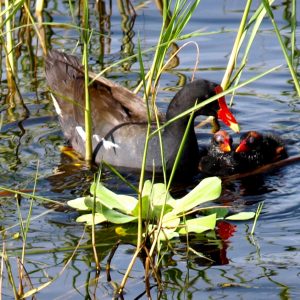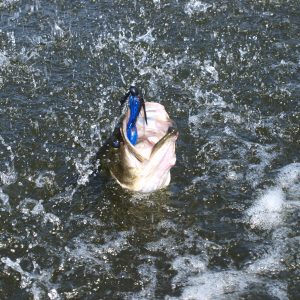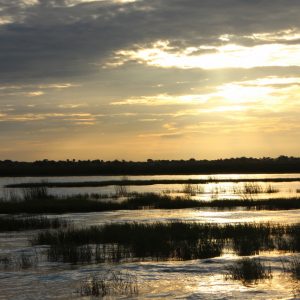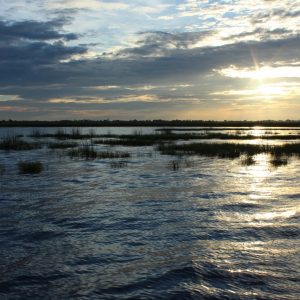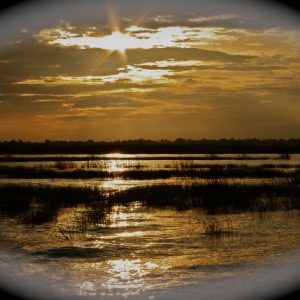The Big ‘O’
Lake Okeechobee, locally referred to as The Big O, is the largest freshwater lake in Florida and is the 2nd largest freshwater lake contained entirely within the lower 48 states. Okeechobee covers 730 square miles and is exceptionally shallow for a lake of its size, with an average depth of only 9 feet.
Lake Okeechobee is thought to have been formed out of the ocean 6,000 years ago when the waters receded. At its capacity, Lake Okeechobee holds 1 trillion gallons of water and is the headwaters of the Everglades. The name Okeechobee comes from the Seminole Indian words “oki” (water) and “chubi” (big), and literally means “Big Water”.
The floor of the lake is a limestone basin, and the lake varies in depth from inches to 14 feet. Its water is stained to murky depending on the wind direction and depth you are in. The lake is enclosed by up to 30-foot high Herbert Hoover Dike built by the U.S. Army Corps of Engineers after a hurricane in 1928 breached the old dike, flooding the surrounding communities.
Lake Okeechobee is world renowned and is currently listed as the #2 bass fishing lake in the world. However, we believe that the bass fishing doesn’t get any better than Lake Okeechobee. With mild winters and an abundant supply of food, the bass in Lake Okeechobee gain size and feed heavily year round, producing more giant bass than anywhere else in the world. Bass fishing is second to none on Lake Okeechobee with giant bass being caught daily.
Along with great bass fishing, Lake Okeechobee also has some of the best crappie, blue gill, and shell cracker fishing in the world. People travel thousands of miles not only to bass fish but to also come and catch a good mess of these fun panfish. Catch the full moon, or new moon, right during March, April, May, or even June and you will be sure to run into a good mess of blue gill or shell cracker bedding, which results in easy catching even for the novice anglers.
